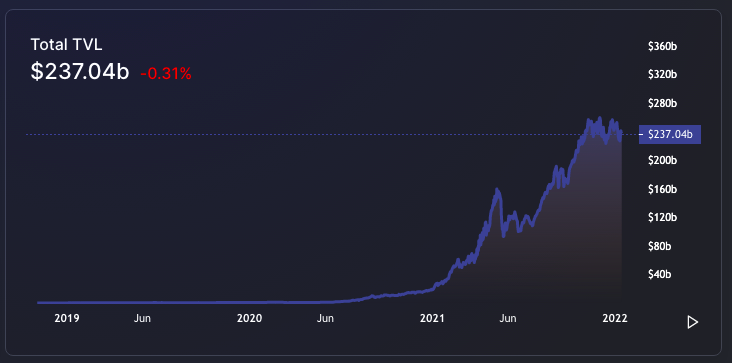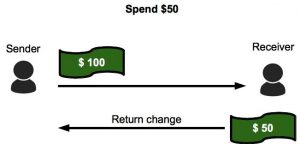Phenomenal growth may be the exact term to describe the increased volume of digital payments in India in 2022. If you inspect the March data of the current year, it shows that this payment ecosystem grew by 216% compared to the same period in 2019. The Unified Payments Interface (UPI), an initiative of the National Payments Corporation of India (NPCI) has been a critical driver of cashless transactions since its launch in 2016. The idea behind introducing UPI was to enable fast, secure, and seamless digital payments with the Immediate Payment Service (IMPS) infrastructure.
The immense popularity of this system is evident from the fact that UPI transactions exceeded USD 110 billion in January 2022.
NPCI has launched several innovative payment systems for developing the digital payment space and tied up with foreign companies like Japan Credit Bureau, China Union Pay, Discover Financial Services, etc. The international coordination would provide support by payment acknowledgment through RuPay cards.
Starting with IMPS and NFS in 2010, there have been RuPay cards, NACH, Aadhaar Payments Bridge System (APBS), Aadhaar-enabled Payments System (AePS), NETC, BBPS, UPI, and the USSD based *99#.
What makes UPI the game changer in digital payments?
Convenience
For using debit or credit cards online, you need to enter several details related to the card holder’s name, card number, CVV, and expiry dates. For UPI, you just key in the UPI ID, login, and complete the payment after putting in the PIN.
If you are using net banking, you must first add the beneficiary to your bank account. You require the beneficiary’s name, bank account number, branch address, and IFSC code. The process takes time to get activated, and then you can make the payment. To make a UPI payment, you can transfer funds to a peer account even if they do not have UPI access.
Besides, there are advantages over other existing payment methods. For instance, UPI allows you to make payments directly from your bank account without any third-party wallet or a card. Thus, making it much more convenient and secure than using a debit or credit card for online payments.
Moreover, UPI transactions happen in real-time. There is no waiting period for the funds to be credited or debited from the user’s account. This feature makes UPI an ideal choice for digital payments.
Simple
UPI is also very simple to use. You just need a smartphone with an active internet connection. You can then download a UPI-enabled app from your bank’s website or the Google Play Store. After installing the app, simply link your bank account and start making payments.
Versatile
You can also use UPI to request money from others or to send money to them. All in all, UPI is a very convenient and secure way to make digital payments. It is fast and easy to use.
UPI is particularly beneficial as a non-cash payment instrument when it involves person-to-person (P2P) fund transfers and transactions related to small-value person-to-merchant (P2M) payments.
Interoperable
With interoperability technology between different payment systems and UPI, and more people using digital payments, the costs of transactions are expected to decrease further.
India’s most prominent technology firms like TCS, Infosys, Wipro, etc., and fintech companies in various fields like insurance, payment, agriculture, microloans, crowdfunding, and wealth management are some of the major factors behind the growth of UPI. The role of an open Application Programming Interface (API) is also worth mentioning.
How does UPI’s rise affect the Indian economy?
All the above factors have pegged the volume of UPI transactions at approximately 9 times that of debit and credit card transactions in FY22. But this is just the initial phase. UPI is forecasted to grow manifold and comprise around 73% of the total volume of digital transactions by the financial year 2026.
UPI transactions beyond borders
The tie-up between NIPL (NPCI International Payments Limited) and others like Liquid Group – Singapore, Mashreq Bank – UAE, Lyra Network – France, and PayXpert – UK, are significant steps toward enabling QR-based UPI payments in countries across the globe. Nepal and Bhutan became the first countries to adopt UPI.
RBI’s latest move entails linking RuPay credit cards with UPI. The decision to implement such a change has come at the perfect hour since credit card transactions are rising. A Goldman Sachs report states that the volume of transactions was around $130 Bn in FY22. The forecast is that it may reach $285 Bn by FY26 while the UPI volume growth in August 2022 was more than Rs. 6500 Mn with 346 banks going live on the platform.
An important point is the MDR (merchant discount rate) on transactions by RuPay credit cards. Like other credit cards, the rate will likely be around 2%, as specified by the National Payments Corporation of India (NPCI).
What can be the impact of this MDR on BFSI?
Payment companies like PayU, Razorpay, Billdesk, etc., would be able to acquire more transactions as credit cards would be an additional payment instrument on the UPI platform.
The proposed MDR of 2% (1.5% for the issuing bank and 0.5% for the payment company) on credit cards for payments through the Unified Payments Interface (UPI), would generate a revenue stream for the payment companies.
Currently, the MDR on UPI merchant transactions is zero, which is a deterrent for the payment companies as there is no direct income available for them on UPI transactions. This MDR would help the payment companies to manage and maintain the infrastructure for UPI volume growth.
For smaller merchants, providing a subsidy for MDR will mean the payment companies would lose their revenue percentage by an amount equivalent to the subsidy amount. In that scenario, the Government can incentivize the payment companies to maintain their payment infrastructure (technology, etc.) and operating costs.
Conclusion
With the RBI’s decision to allow credit cards for payments through UPI, the central bank is enabling access to digital payments for those who do not have a debit card or a bank account. It would help to expand the reach of digital payments to a wide demographic besides bringing in higher revenue for the payment companies. If you are looking for a game changer in the digital payments space, UPI it is.
If you want to develop a mobile payment solution application that offers a top-notch user experience and data protection, team up with Mindfire Solutions.
Mindfire Solutions is a trusted software service provider that can assist you in developing robust and secure fintech products. With our two decades of experience, we have learned to leverage modern technologies to offer customized solutions for your business needs. To know more about us, visit Mindfire Solutions.










